Quick highlights
- Queer Britain opens exhibition marking 20 years of UK Black Pride
- Billy Porter and Lady Phyll attended the launch in London
- Runs until August 31 at the museum’s Granary Square location
- Aligns with UK Black Pride 2025 at Queen Elizabeth Olympic Park
Queer Britain has launched a new exhibition celebrating two decades of UK Black Pride, with Pose actor Billy Porter and activist Lady Phyll attending the opening earlier this month.
Held at the museum’s Granary Square space in King’s Cross, the exhibition explores the journey of UK Black Pride from a small gathering in Southend-on-Sea in 2005 to the global platform it is today for Black and Brown LGBTQ+ voices.
Billy Porter adds star power to UK Black Pride celebration
Porter, known for his outspoken advocacy and presence on screen and stage, joined co-founder Phyll Opoku-Gyimah, popularly known as Lady Phyll, for the private view on June 3. The two spoke about the importance of reclaiming space, visibility, and joy for queer people of colour, especially during Pride season.
The event marked a major milestone for UK Black Pride, which has grown into the world’s largest celebration for Global Majority LGBTQ+ people and remains one of the most politically grounded Pride events in the UK.
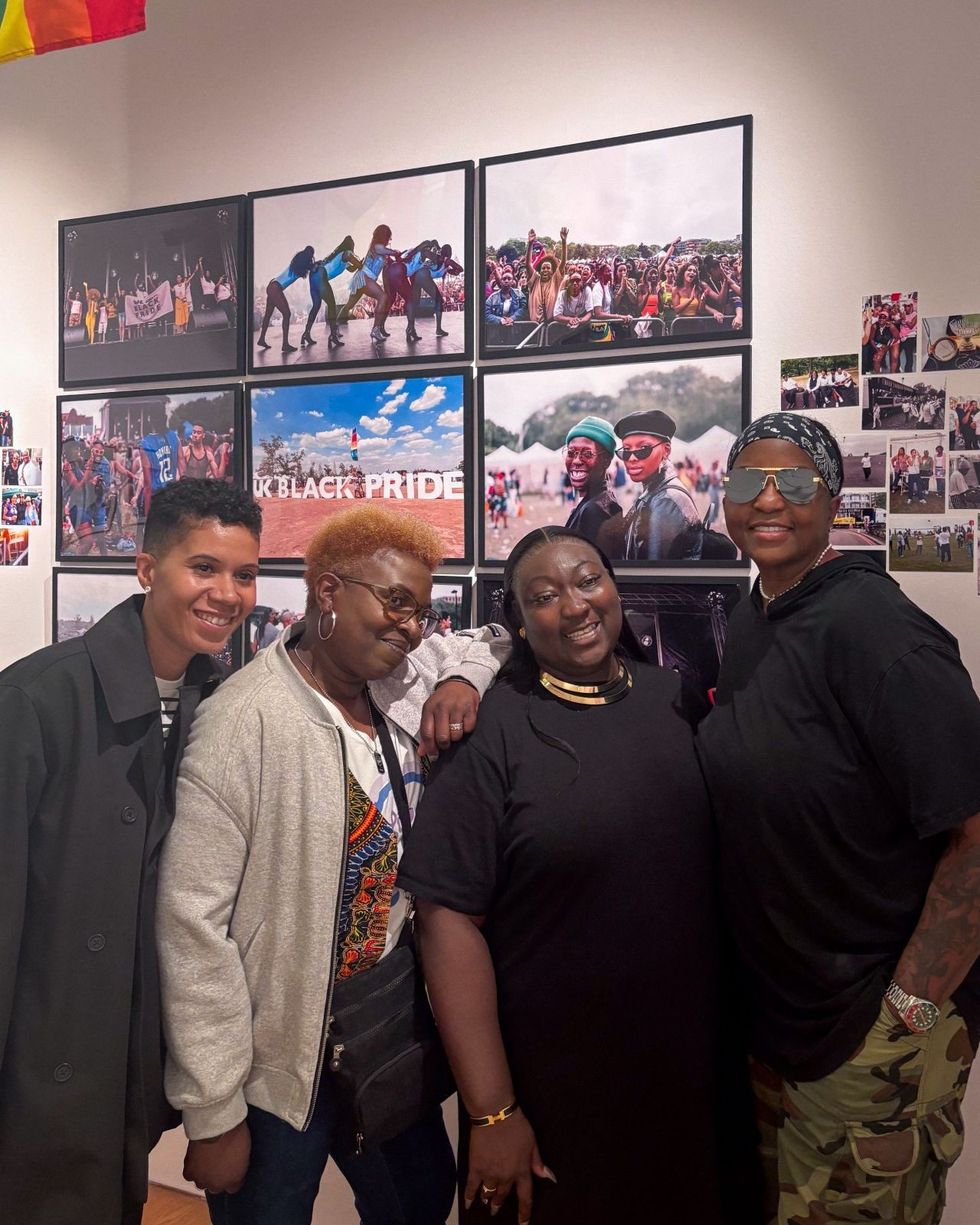
A space for intersectional pride and history
The exhibition features personal stories, archive photographs, and other materials chronicling the movement’s growth over 20 years. It brings to light, the activism, protest, celebration, and community-building that have shaped UK Black Pride’s identity.
It runs through August 31, coinciding with the return of the annual UK Black Pride celebration at Queen Elizabeth Olympic Park on August 10.
Since opening in 2022, Queer Britain has welcomed more than 100,000 visitors as the UK’s first and only national LGBTQ+ museum. It runs on a “Pay What You Can” model and is open Wednesday to Sunday from 12pm to 6pm. Tickets can be booked at queerbritain.org.uk.
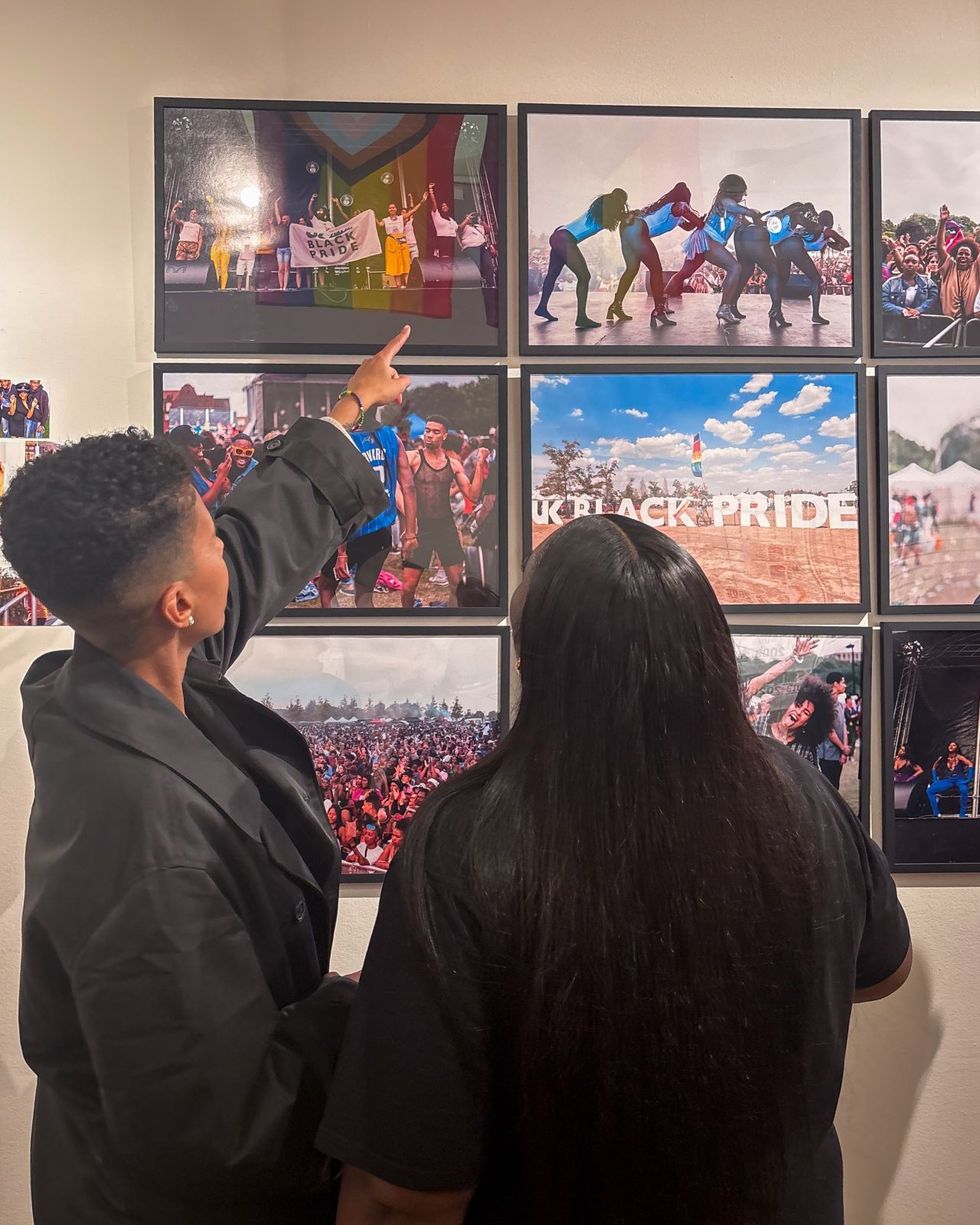
As Pride Month continues, the museum’s new exhibition puts a timely spotlight on the voices and histories often left out of the mainstream, and the people still fighting to be seen.
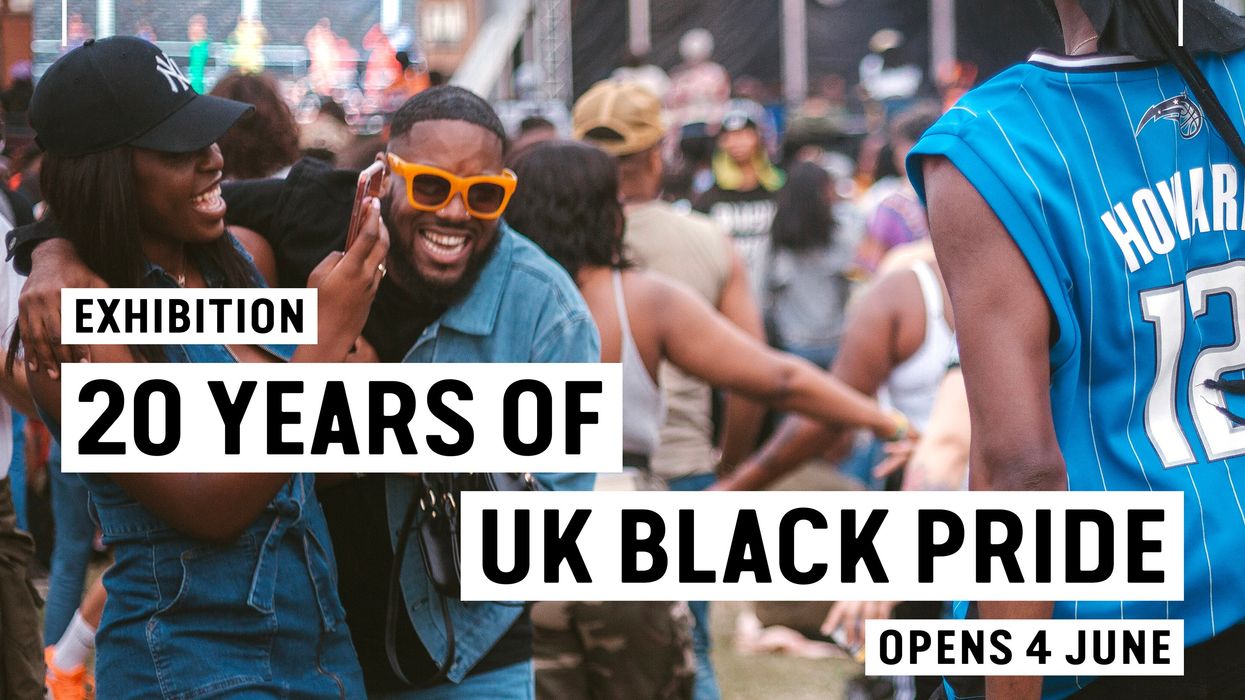




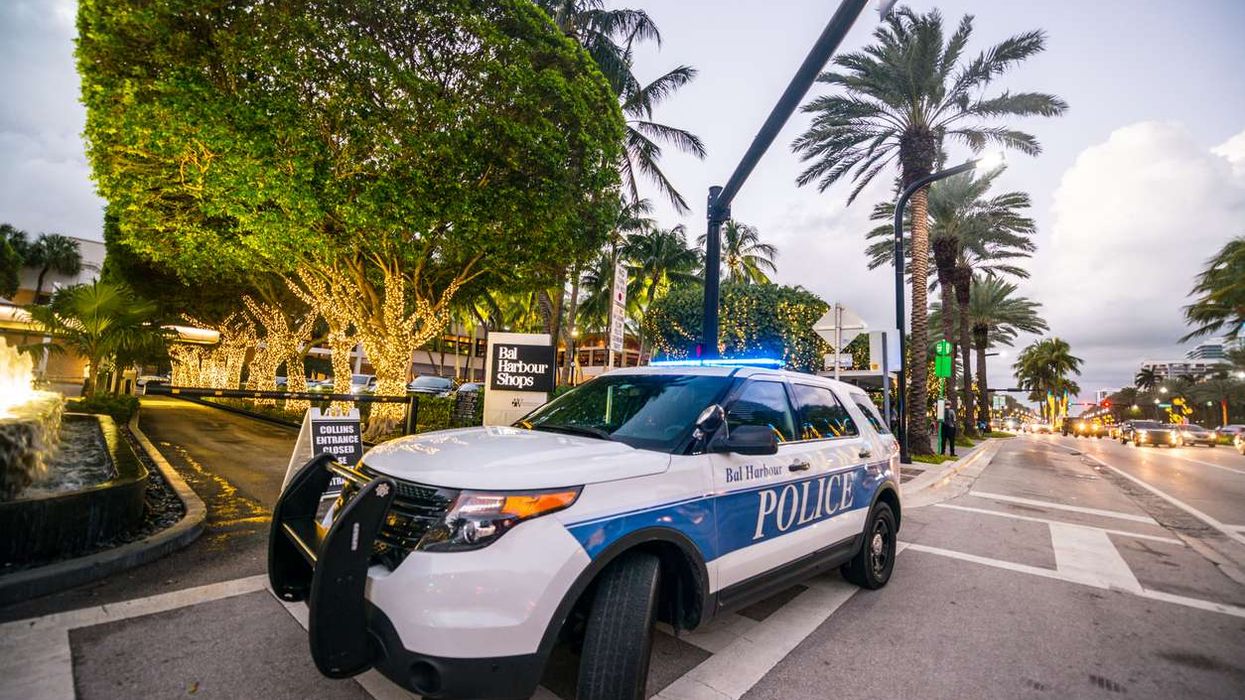
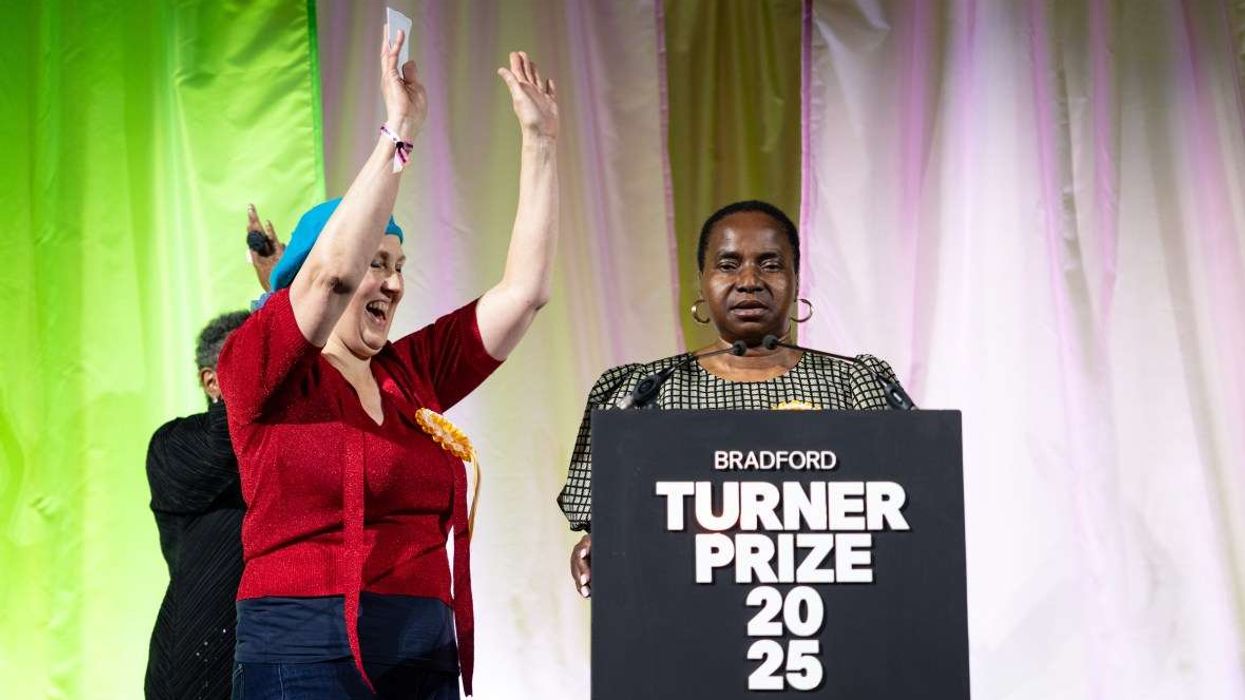
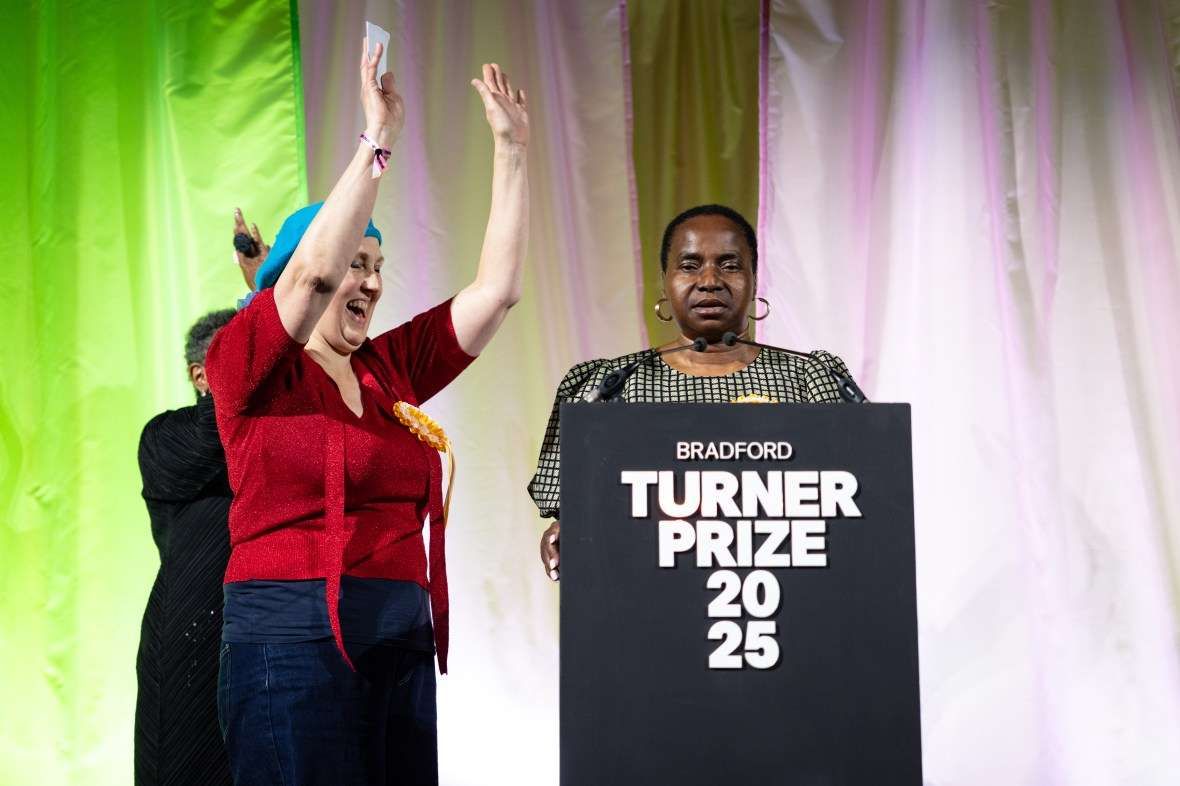 Kalu accepting the award on Tuesday night JAMES SPEAKMAN/PA
Kalu accepting the award on Tuesday night JAMES SPEAKMAN/PA  Nnena Kalu becomes first learning-disabled artist to win Turner Prize Instagram/
Nnena Kalu becomes first learning-disabled artist to win Turner Prize Instagram/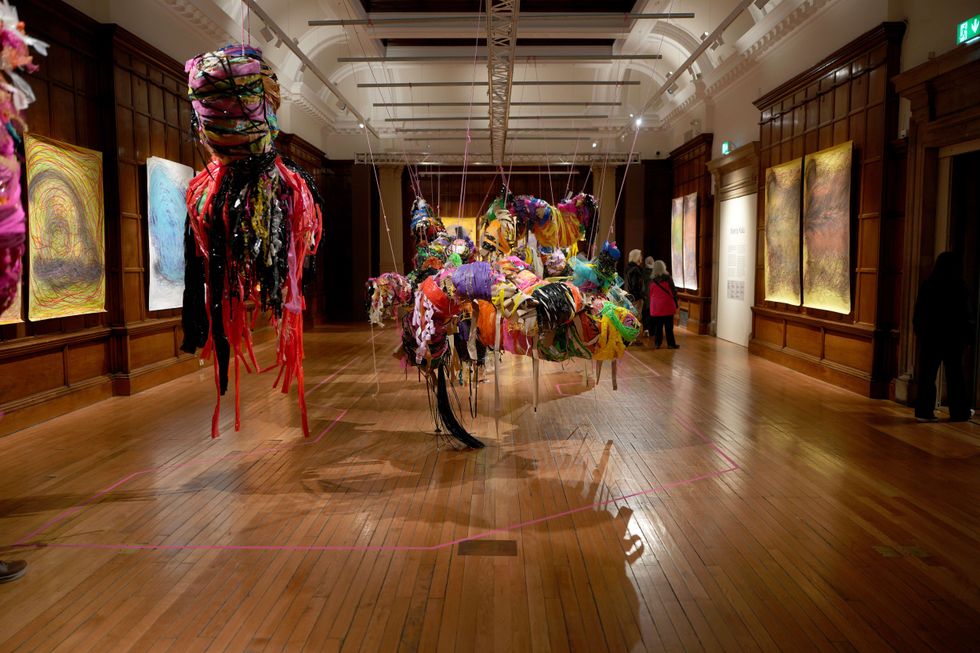 Installation entitled 'Conversations' by artist Nnena KaluGetty Images
Installation entitled 'Conversations' by artist Nnena KaluGetty Images 





